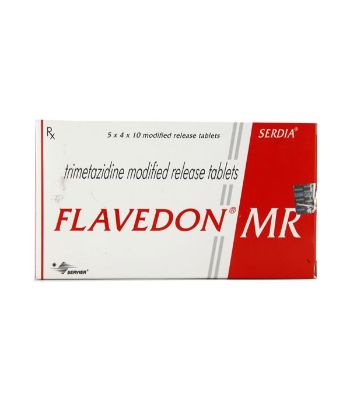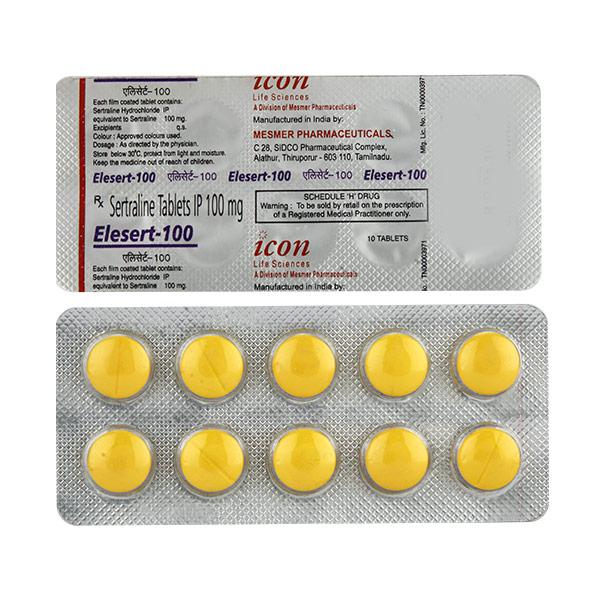Ovuloc LD Tablet 21'S
INR 153.40INR 153.40
OVULOC LD is a combined oral contraceptive, which contains two types of female hormones, namely progestogen or desogestrel and an estrogen or ethinyl estradiol
OVULOC LD is used to stop you from getting pregnant, just as your natural hormones
Talk to your doctor before taking this medicine, if you: Are allergic to ethinylestradiol or desogestrel, or any of the other ingredients of this medicine Have or have ever had a blood clot in a blood vessel of your legs (deep vein thrombosis, DVT), your lungs (pulmonary embolus, PE) or other organs Have or ever had a heart attack or stroke, angina pectoris (a condition that causes severe chest pain and may be a first sign of a heart attack) Have a type of migraine called ‘migraine with aura’ Have inflammation of the pancreas (pancreatitis) or liver disease Are suspected of having breast cancer or cancer of the genital organs Have any unexplained bleeding from the vagina Have overgrowth of the lining of the uterus (womb) Have sickle cell anemia (an inherited disease of the red blood cells) Have epilepsy Have elevated levels of fat in the blood (hypertriglyceridemia) Have varicose veins If you are pregnant, do not take OVULOC LD If you think you may be pregnant while taking OVULOC LD stop immediately and contact your doctor If you are planning to have a baby during this treatment, contact your doctor for advice Use of OVULOC LD is not advisable if you are breast-feeding The use of OVULOC LD is not recommended in children and adolescents under 18 years of age
Always take this medicine exactly as your doctor has told you Take one tablet of OVULOC LD every day with a small amount of water You may take the tablets with or without food, but you should take the tablets every day around the same time. The strip contains 21 tablets. Next to each tablet is printed the day of the week that it should be taken. If, for example you start on a Wednesday, take a tablet with “WED� next to it. Follow the direction of the arrow on the strip until all 21 tablets have been taken Then take no tablets for 7 days. In the course of these 7 tablet-free days (otherwise called a stop or gap week) bleeding should begin. This so-called “withdrawal bleeding� usually starts on the 2nd or 3rd day of the gap week On the 8th day after the last tablet of OVULOC LD tablets (that is, after the 7-day gap week), you should start with the following strip, whether your bleeding has stopped or not If you take more OVULOC LD If you take several tablets at once then you may experience nausea or vomiting. Young girls may have bleeding from the vagina in such case, contact your doctor for advice If you forget to take OVULOC LD If you are less than 12 hours late taking a tablet, the protection against pregnancy is not reduced. Take the tablet as soon as you remember and then take the following tablets again at the usual time If you are more than 12 hours late taking a tablet, the protection against pregnancy may be reduced. The greater the number of tablets that you have forgotten, the greater is the risk of becoming pregnant If you stop taking OVULOC LD Do not stop taking OVULOC LD unless told by your doctor
Like all medicines, this medicine can cause side effects, although not everybody gets them. Formation of blood clots in your veins (venous thromboembolism) or blood clots in your arteries (arterial thromboembolism) Irregular bleeding Weight gain No bleeding (amenorrhea) Tender breasts, breast pain Depression, headache, nervousness Dizziness, nausea, acne High blood pressure Stomach (abdominal) pain Spotting or breakthrough bleeding (metrorrhagia) Change in your mood Breast enlargement Decreased sexual desire Migraine, vomiting, diarrhoea Rash, nettle-rash (urticaria) Fluid retention Vaginal candidiasis (fungal infection of the vagina) Impaired hearing or loss of hearing (otosclerosis) Increased sexual desire Eye irritation due to contact lens Loss of hair (alopecia) Itching Erythema nodosum – a skin disease associated with joint pain, fever, hypersensitivity or infection and characterised by small, painful, pink to blue Vaginal discharge, breast discharge Loss of weight Hypersensitivity (itchy red rash with swelling of the face, lips and/or tongue and difficulty breathing) Harmful blood clots in a vein or artery for example in a leg or foot (i.e. DVT), in a lung (i.e. PE), Stroke or mini-stroke or temporary stroke-like symptoms, known as a transient ischaemic attack (TIA)
Tell your doctor if you are taking, have recently taken or might take any other medicines including medicines obtained without prescription or herbal products
The combined contraceptive pill protects you against getting pregnant in three ways. These hormones: Stop the ovary from releasing an egg each month (ovulation) Thicken the fluid at the neck of the womb making it more difficult for the sperm to reach the egg Alter the lining of the womb to make it less likely to accept a fertilized egg BLOOD CLOTS Using a combined hormonal contraceptive such as desogestrel/ethinylestradiol increases your risk of developing a blood clot compared with not using one. In rare cases a blood clot can block blood vessels and cause serious problems Blood clots can develop: In veins (referred to as a ‘venous thrombosis’, ‘venous thromboembolism’ or VTE) In the arteries (referred to as an ‘arterial thrombosis’, ‘arterial thromboembolism’ or ATE) Recovery from blood clots is not always complete. Rarely, there may be serious lasting effects or very rarely, they may be fatal Keep this medicine out of reach of children Store at room temperature (15-25°C) Do not use this medicine after the expiry date
The contents of this website are for informational purposes only and not intended to be a substitute for professional medical advice, diagnosis, or treatment. Please seek the advice of a physician or other qualified health provider with any questions you may have regarding a medical condition. Do not disregard professional medical advice or delay in seeking it because of something you have read on this website.












